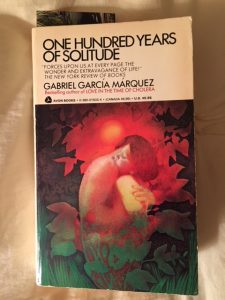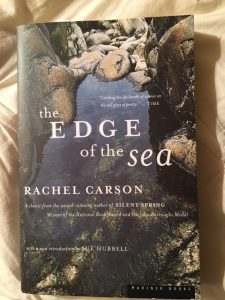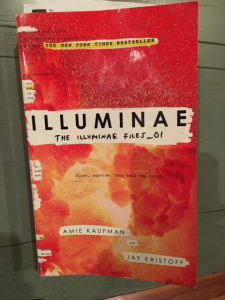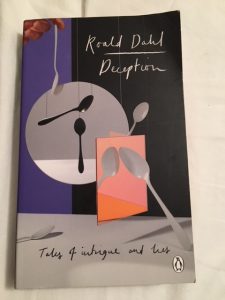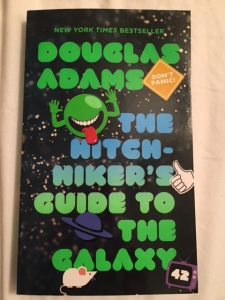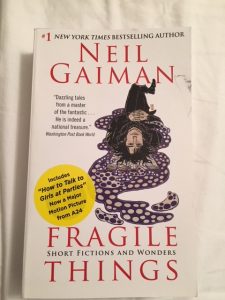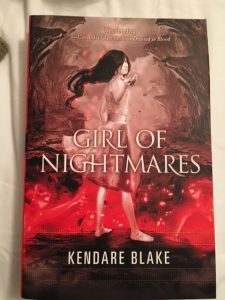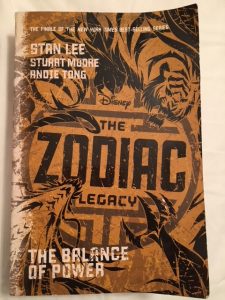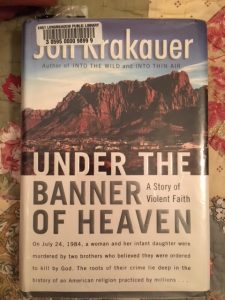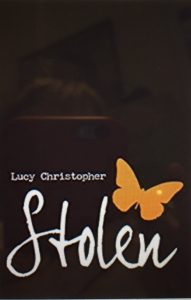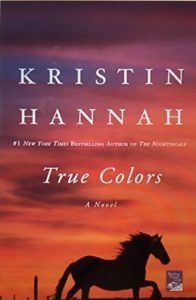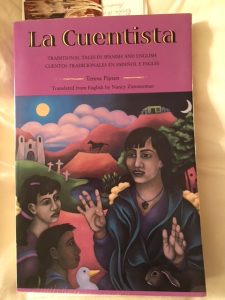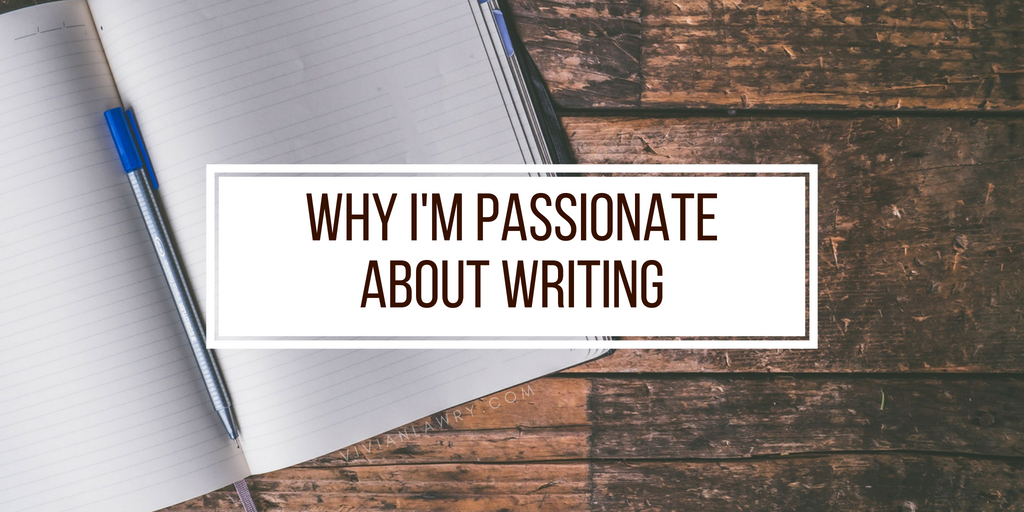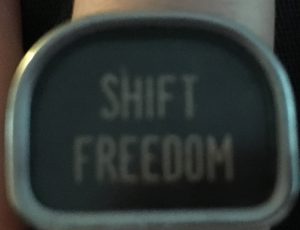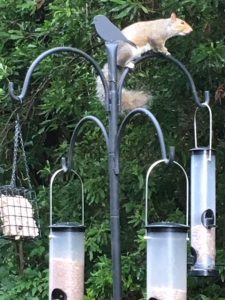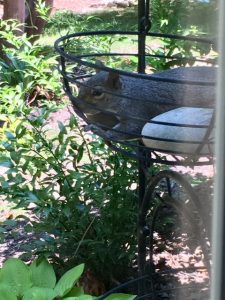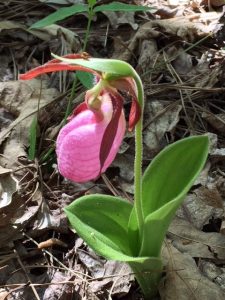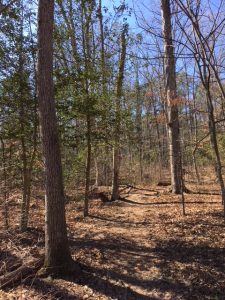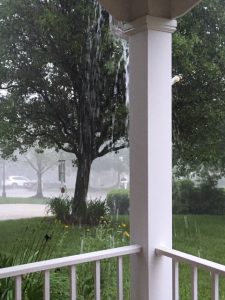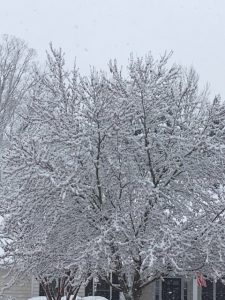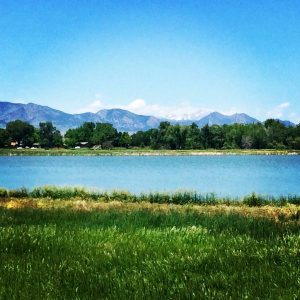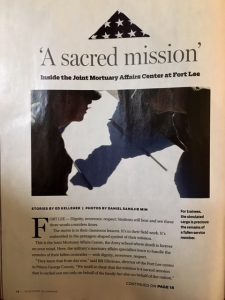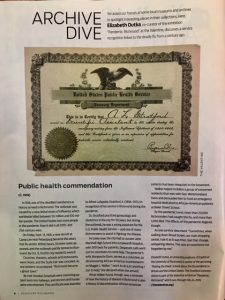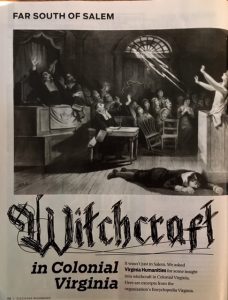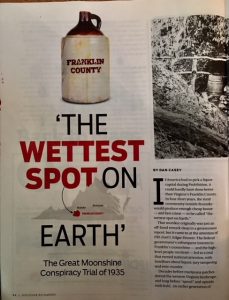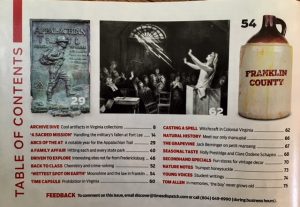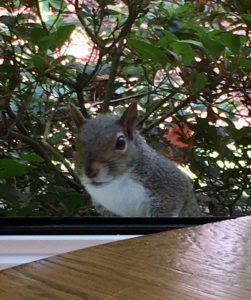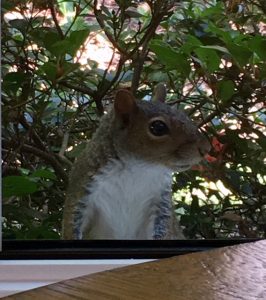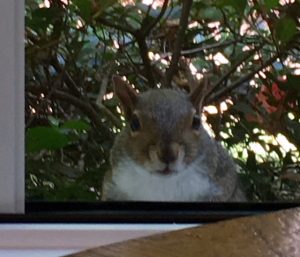Characters’ Inaction Speaks Louder Than Words
TAKEAWAY FOR WRITERS
Giving First Rights
Sometimes life gets on top of you. You aren’t dead, just buried. And accidents happen. Such was the case for me once upon a time. When two on-line journals went live nearly simultaneously, I realized that I had granted first rights to both of them. My attempt to set things right follows.
To the OxMag Editorial Staff:
I am embarrassed and extremely regretful to have to tell you that I inadvertently granted publication rights to two literary journals. On May 8, 2015, when I granted OxMag rights to my short story “Trust,” I did not recall that I had previously (on March 27) granted publication to Diverse Arts Project Journal. All I can say in my defense is that over the last several months I’ve been distracted by two surgeries, daily hospital care for a persistent non-healing wound, various other health complications, family issues, and a flurry of short story acceptances. Once I discovered my error, notifying you seemed the only honorable thing to do.
As an on-line publication, I suppose that you can—and may wish to—remove my story from this issue. Alternatively, should you choose to allow the double publication to stand, please add an appropriate footnote acknowledging the Diverse Arts Project Journal.
Again, my apologies for the error. Please let me know how you decide to handle this. And thank you for your time and efforts on my behalf.
A little more than three weeks later, I received the following response:
Thank you so much for coming forward with this issue, we appreciate it.
Because it is our policy generally to only publish previously unpublished work, we will remove your story “Trust” from our Spring 2015 issue. We did enjoy your story, and re-reading it gives us time to again appreciate why we chose to publish it initially. We encourage you to continue submitting work to OxMag, but also remind you to in the future keep us informed of the status of any simultaneous submissions. (Submittable actually has an option to withddraw stories from consideration once they’ve been accepted without you having to notify everyone.)
We wish you good health, and also congratulations on the other short story acceptances—that’s very exciting!
Avoid First Rights Blunders
There are several take-aways for writers. One, with e-publishing, this sort of error can be corrected. Unlike a print journal, where making changes of this sort would be prohibitively expensive, it’s a relatively easy fix. Two, if you screw-up—regardless of the medium—admit it. Besides easing your conscience, doing so reflects well on you. In this case, OxMag thanked me and invited future submissions. And, three, take care of the paperwork (either yourself, or through a third party). It’s much better to avoid this sort of situation than to try to repair it!
You can read “Trust” at The Diverse Arts Project.
Passionate About Writing
Tools of the Trade
Should You Kill Your Darlings?
It’s the mantra we always hear, in every writing class, from every teacher:
“[K]ill your darlings, kill your darlings, even when it breaks your egocentric little scribbler’s heart, kill your darlings.” –Stephen King, On Writing: A Memoir of the Craft
If you’ve never heard this quote before, what King is trying to say is that by “killing” (deleting) our “darlings” (the phrases, sentences, lines, paragraphs, and/or chapters we love the most), we open our writing up to new possibilities and let go of some of the earlier, stale work we’ve created.
To some extent, this is true. Holding on to old parts of your work, like parts you’re especially proud of, is much more favorable to losing them. However, in many cases (especially when you think of shorter writing forms, like poetry), deleting those darlings will pack more of a punch later in your work.
But is it always true?
If you’re proud of your darlings, there must be a reason. Maybe it’s the imagery you’ve invoked, a character who leaps off the page, or a line that thrills you. These things might not work for whatever you’re currently writing, but that’s not to say they need to be deleted forever!
So I would restructure the phrase to say “Relocate your darlings” (although it packs less of a punch). Save them for a rainy day! If you write longhand, keep a file folder or notebook of your darlings. If you’re someone who writes using a computer, add them to a document or folder. What doesn’t work now can work later, and it will be all the more satisfying to keep those darlings alive.
Adding Nature to Your Writing

Or maybe your character is a gardener in his/her leisure time. How does that play out? Flower arrangements for a dinner or wedding? Flower shows? Garden club commitments that conflict with plot demands, creating tension?
Discover Richmond for Writers
The Good and the Bad
My Smart Phone Writing Tool
